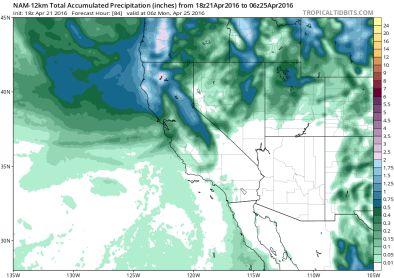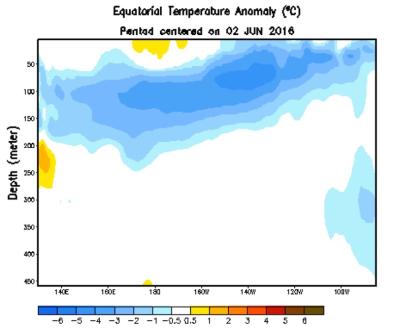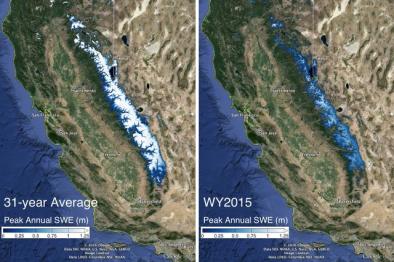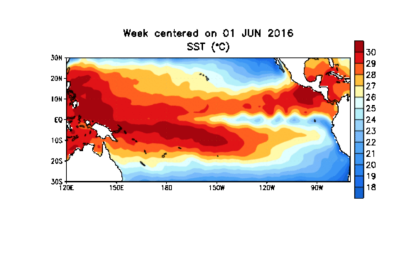Science Source
Super El Niños in response to global warming in a climate model
- States that extraordinarily strong El Niño events, such as those of 1982/1983 and 1997/1998, cause havoc with weather around the world, adversely influence terrestrial and marine ecosystems in a number of regions and have major socio-economic impacts
- Shows by means of climate model integrations that El Niño events may be boosted by global warming
- States that an important factor causing El Niño intensification is warming of the western Pacific warm pool, which strongly enhances surface zonal wind sensitivity to eastern equatorial Pacific sea surface temperature anomalies
- States that this in conjunction with larger and more zonally asymmetric equatorial Pacific upper ocean heat content supports stronger and longer lasting El Niños
- States that the most intense events, termed Super El Niños, drive extraordinary global teleconnections which are associated with exceptional surface air temperature and rainfall anomalies over many land areas
Related Content
Headline

Aug 10, 2016 | California Weather Blog
California drought update; April showers in NorCal; and La Niña Looms
Headline

Aug 10, 2016 | Weather Underground
El Niño is Officially Over—and La Niña is Likely On the Way
Headline

Aug 10, 2016 | Phys.org
Sierra Nevada snowpack not likely to recover from drought until 2019
Headline

Jun 12, 2016 | Climate Central
El Niño Had a Good Run, But Now It’s Over


